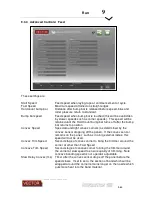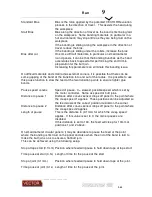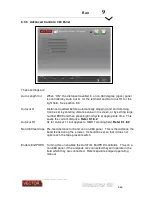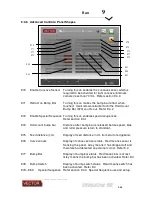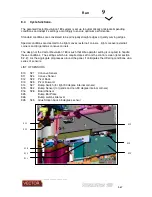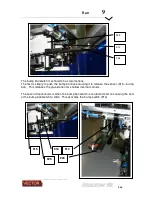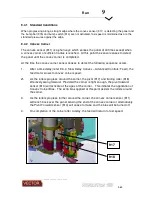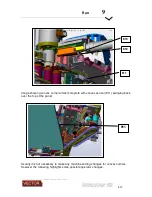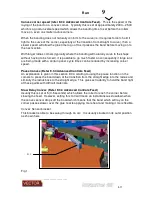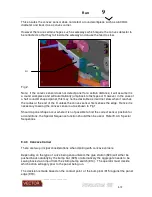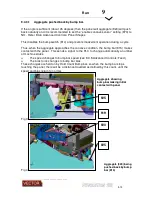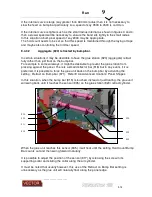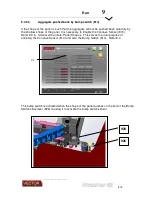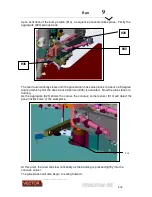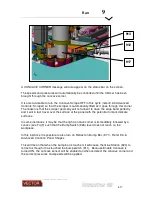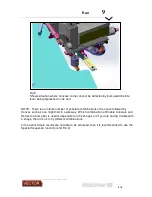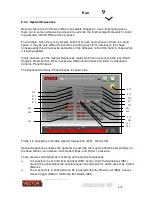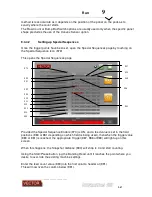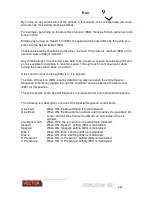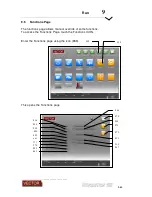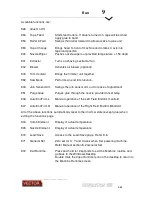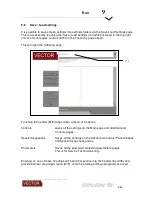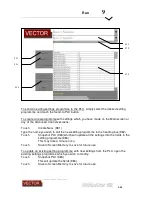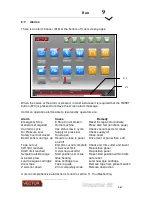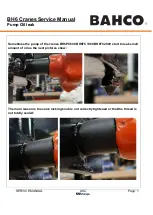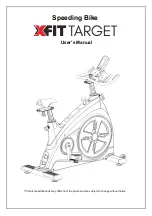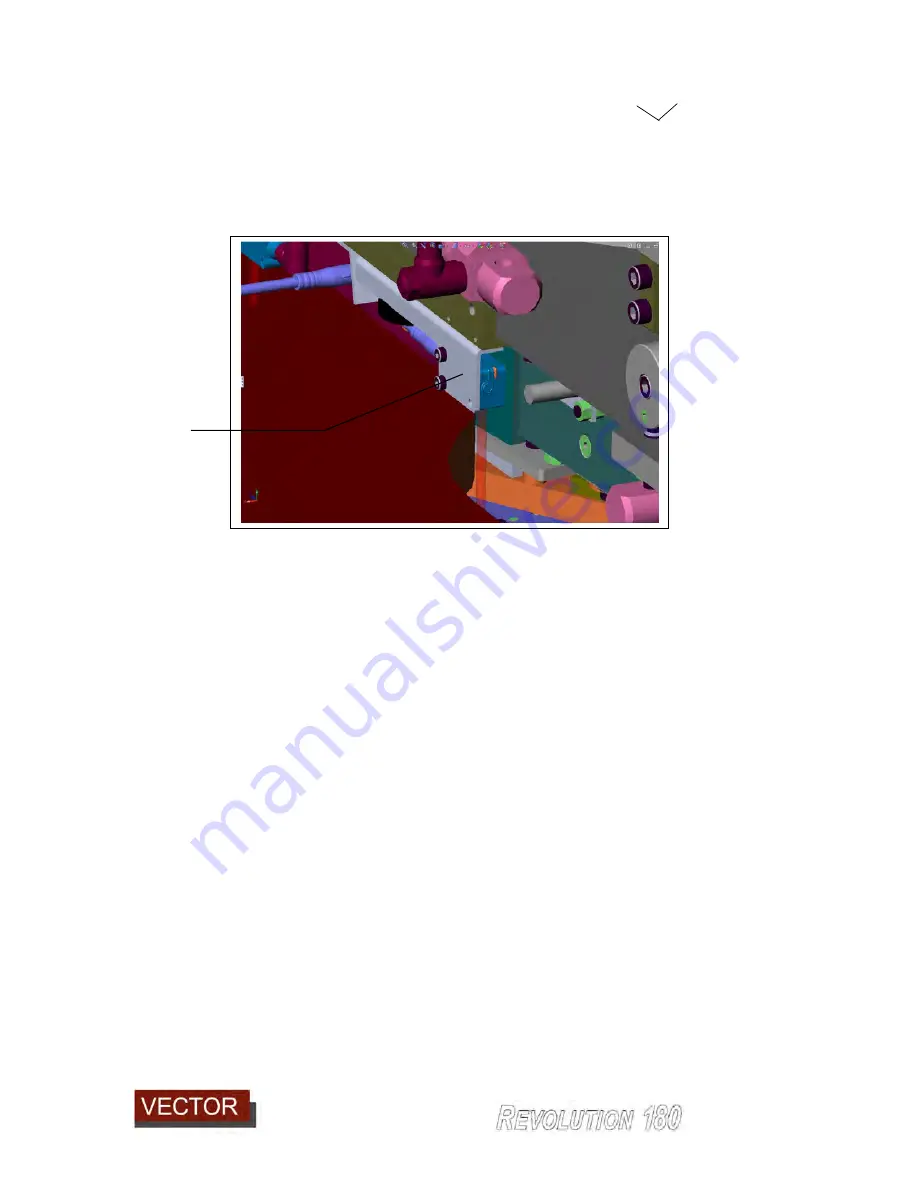
Run
9
________________________________________________________________________________________
_______________________________________
9
-
72
This ensures the convex sensor does not detect a round workpiece such as a 600mm
diameter and treat it as a convex corner.
However there are certain shapes such as wireways which require the convex detector to
be retracted so that they fall inside the wireway and cause the feed to slow.
Fig 2.
Note: if the convex sensor does not detect panel for a certain distance, it will assume it is
a round workpiece and will automatically jump back to fast speed. However, in the case of
a half round D shaped panel, this may not be desirable as it will not slow when it reaches
the radius at the end of the D unless the convex sensor first senses the edge. Hence it is
necessary to swing the convex sensor out as shown in Fig 1.
Should a panel shape occur where it is not possible to find the correct sensor position for
all conditions, the Special Sequence function should then be used. Refer 9.4.3 Special
Sequences
9.4.3 Concave Corner
There are two principal considerations when dealing with concave corners.
Depending on the type of curve being encountered, the glue station (920) will either be
pushed back naturally by the bump bar (925) or alternatively the aggregate needs to be
swung back via an input from the sliding bump switch (914). The operator must decide
which action will apply prior to the panel being run.
The decision is made based on the contact point of the bump bar (915) against the panel
edge (919).
911
Summary of Contents for Revolution 180
Page 1: ...Operating Manual...






